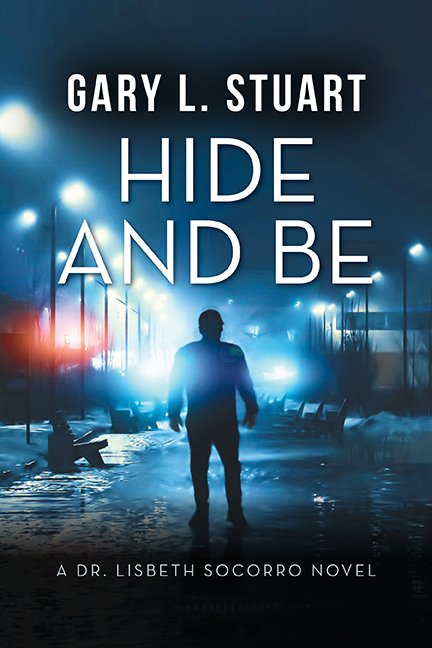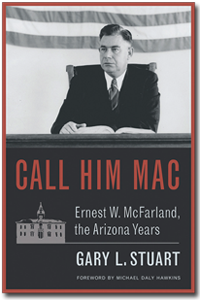A conflict is a serious disagreement. It can stem from ideas, interests, purposes, or arguments. It arises from the mental struggle that arises out of mental struggles based on conflicting needs, drives, wishes, or demands in opposition.
A conflict of interest is a situation in which someone is involved in multiple interests where serving one interest will work against another interest.
An interest is a commitment, promise, obligation, duty, or goal directly associated with the role, practice, or environment in which the conflicted person works—trying to serve two interests that inherently conflict with one another.
While not always included in assessing ethical issues in writing, integrity is essential to writing and publication. By combining conflict with interest and adding integrity, authors can self-test and evaluate the depth of the conflicting interest and the path upward toward integrity. The comorbid consequences can include fraudulent publication, plagiarism, duplicate publication, and authorship.[1]
Fraudulent publication and plagiarism are umbrella terms for fabrication and falsification. At street level, this kind of misconduct is explained by the underlying causes—human nature, status, power, fame, competition, pressure to get ahead, and inadequate supervision.[2]
Plagiarism
Plagiarism is a significant violation. It is stealing another person’s intellectual property or taking credit for another person’s work. In academia, it’s common. Forbes wrote about it in 2023 under this headline: Educators Battle Plagiarism As 89% Of Students Admit To Using OpenAI’s ChatGPT For Homework.[3] But that’s AI. The debate around plagiarism by AI is beyond the scope of this blog.
The etymology of the word plagiarism is from the word “plagiarius” meaning “kidnapper, seducer, plunderer.” However, the first time it was used in the context of literature was sometime around 80 AD by the Roman poet Martial. Poets were expected to recite key works by other authors.[4]
Plagiarism was an issue but without harsh consequences for about 150 years. Because it was hard work, reproducing ancient texts and taking them to a market that rarely read anything. Turnitn blames the digital world and the rise of computing in the 1940s because the learning world transitioned from analog to digital giving promise to plagiarism by the simple act of “copy and paste.” With the explosion of the Internet came the heroic entry of websites. There were about 23,000 websites in 1995. By 2000, the number rose to seventeen million. And readily available content grew and could be captured, repainted, and made to look like your own work. Schools wrote codes against it. Students loved it.
While off-subject, the uprise in plagiarism gave us a company exclusively missioned to detect plagiarism. They called it “Turnitin.”
“We are a diverse, passionate group of people who have served the global education community since 1998. Our technology promotes honesty, consistency, and fairness across all areas of education and academic research.”[5] It is software that compares a student’s writing to a large database of other sources to check for originality and prevent plagiarism. When a student uploads a paper to Turnitin through their classroom’s Assignments tool, Turnitin automatically checks the document against its database and generates a Similarity Report. The report highlights areas of the paper that match other sources and provides a similarity score as a percentage of the paper’s content that matches. Turnitin does not assess whether the paper contains plagiarized material but instead brings any similarities to the instructor’s attention for review. Educators can then use the information to determine if the matches are appropriate based on assignment expectations and school guidelines.”[6]
Fraudulent Publication
Publication fraud, dishonesty, and deceit can occur in several ways and can have minor or major consequences. The first category is associated with errors or inconsistencies, failure to obtain relevant data and honorary authorship, all elements caused by carelessness more so than malfeasance. The second category is more serious and includes intentional errors, involves premeditated misleading, incorrect citations, failure to acknowledge how data were collected, and other truly fraud-related actions.[7]
Fraudulent publication can be a crime if it proves to be intentionally misleading data. Presenting a false document to commit fraud is a commonly charged crime in most states. For example, under Virginia law, any person who knowingly and willfully states, delivers, or transmits by any means whatever to any publisher, or employee of a publisher . . . any false statement, knowing the same to be false or untrue, about any person or corporation, with intent that the same shall be published. . . shall be guilty of a Class 3 misdemeanor.”[8]
The Ethics of Plagiarism
Plagiarism is not limited to the Academy, essays, or research papers. It is inherently unethical. Content creators, marketing agencies, and website buyers want to be certain that the content they produce or the content they’re buying is authentic, engaging, and unique in the eyes of their readers and the search engines. When someone asks, “what are the ethics of plagiarism” they might as well be asking “what are the ethics of stealing?” And it’s not just the possibility of being caught, but everything that comes after it.[9]
The Ethics of Fraudulent Publication
Unethical publishing is the consequence of fraudulent publication. Unethical or suspicious publishing is an opportunistic publishing technique that exploits the academic need to publish. but offers little reward to those who use their services.[10]
Publishers, governments, and learned societies the world over face the intractable issue of academic corruption. While the volume of scientific publishing is going up, the ‘publish or perish’ culture is leading researchers to indulge in fraudulent ways to get published. The magnanimity of this problem is clear from the number of peer review rigging incidents and the rising rate of retraction.[11]
Conflicts of Interest and Ethics
Most conflicts of interest arise out of situations where a person’s personal or business interests conflict with someone else directly connected. The most common examples are lawyers and their clients, doctors and their patients, and parents with their children. Less common, but in today’s divided political world, there can be conflicts of interest between public officers and the public in general. Buyers and sellers often conflict because their interest in price is almost always different.
Authors may have conflicts of interest with their readers, their publishers, or even the characters in their books. One way to think about conflicts in the author’s world is to compare them to other professionals.
In the practice of law conflicts of interest are the most pervasive events because they cut deeply into two fiduciary duties—the duty of loyalty and the duty to maintain client confidence.
Outside law practice, individuals or corporate entities are plagued by conflicts of interest that cannot be overcome because an individual’s interest often conflicts with a corporate interest. That happens when one side exploits the other for either personal or corporate gain.
Authors and readers can be conflicted because the author owes the reader basic notions of trustworthiness, truth, and fairness. They owe a duty of authenticity. When writing a story about a real person, we need to consider whether we have the right to tell that story. Do we have a duty to tell both sides of a story? The short answer is that writing first belongs to the author and then to the reader, and finally to the world. At least from my perspective, the ethical responsibility is to the work, not the author or reader.
[1] https://www.grrjournal.com/docs/ethical-writing-and-publishing.pdf
[2] Ibid.
[3] https://www.forbes.com/sites/chriswestfall/2023/01/28/educators-battle-plagiarism-as-89-of-students-admit-to-using-open-ais-chatgpt-for-homework/
[4] https://www.turnitin.com/blog/5-historical-moments-that-shaped-plagiarism#
[5] https://www.turnitin.com/about/
[6] https://help.turnitin.com/feedback-studio/turnitin-website/instructor/the-similarity-report/interpreting-the-similarity-report.htm#
[7] https://www.ncbi.nlm.nih.gov/pmc/articles/PMC3360484/
[8] Code of Virginia, &18.2-209. False Publications.
[9] https://originality.ai/blog/the-ethics-of-plagiarism#
[10] https://libguides.brown.edu/unethical
[11] https://www.editage.com/insights/is-academic-publishing-falling-prey-to-unethical-practices

I am an author and a part-time lawyer with a focus on ethics and professional discipline. I teach creative writing and ethics to law students at Arizona State University. Read my bio.
If you have an important story you want told, you can commission me to write it for you. Learn how.






 I am an author and a part-time lawyer with a focus on ethics and professional discipline. I teach creative writing and ethics to law students at Arizona State University.
I am an author and a part-time lawyer with a focus on ethics and professional discipline. I teach creative writing and ethics to law students at Arizona State University.  My latest novel is Hide & Be.
My latest novel is Hide & Be.  If you have an important story you want told, you can commission me to write it for you.
If you have an important story you want told, you can commission me to write it for you.